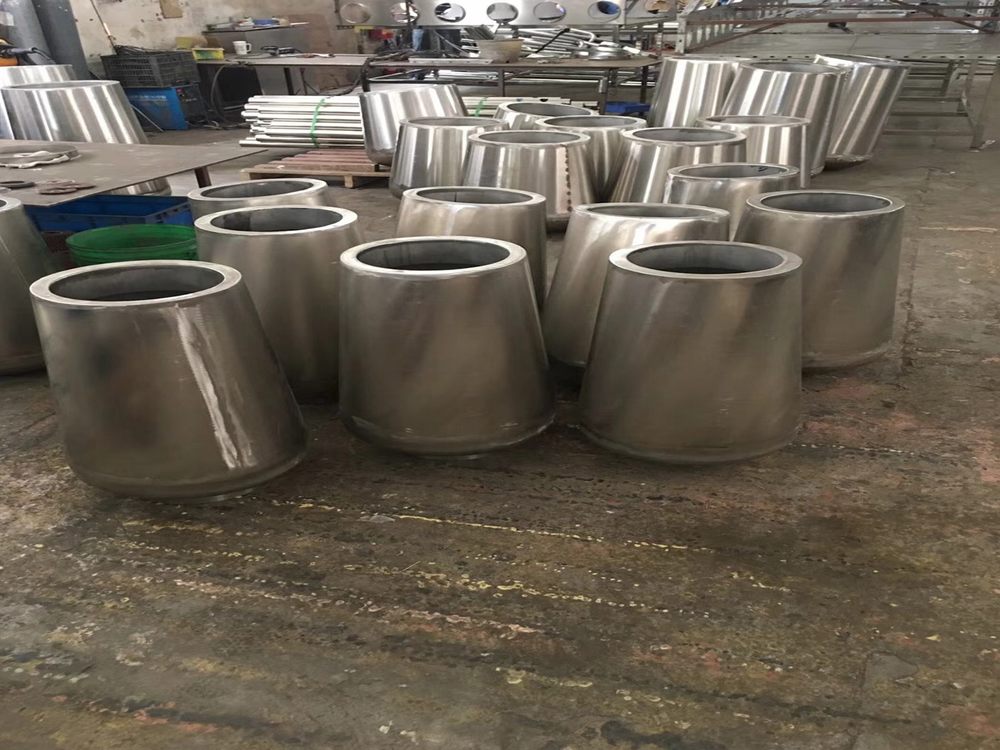
Artists who work with metal sculptures understand the importance of documenting and archiving their creations for future reference. The process begins with detailed photography, capturing the sculpture from multiple angles under consistent lighting to highlight textures and dimensions. Many artists also maintain sketchbooks or digital files containing initial designs, material lists, and welding or assembly notes.
For long-term preservation, some creators use 3D scanning technology to generate precise digital models of their work. These files serve as both a backup and a tool for potential reproductions. Additionally, artists often compile process videos or written journals detailing challenges faced and solutions discovered during fabrication.
Archival practices extend beyond the physical artwork. Careful storage of material samples, paint formulas, and patina recipes ensures consistency for future restoration work. Some artists collaborate with galleries or museums to establish formal archives, while others maintain private databases with cross-referenced documentation.
The most thorough archives include exhibition histories, critical reviews, and purchaser information – creating a comprehensive record of each piece's journey from studio to its permanent location. This meticulous approach not only preserves the artist's legacy but also provides valuable insights for conservators and art historians studying contemporary metalwork techniques.

